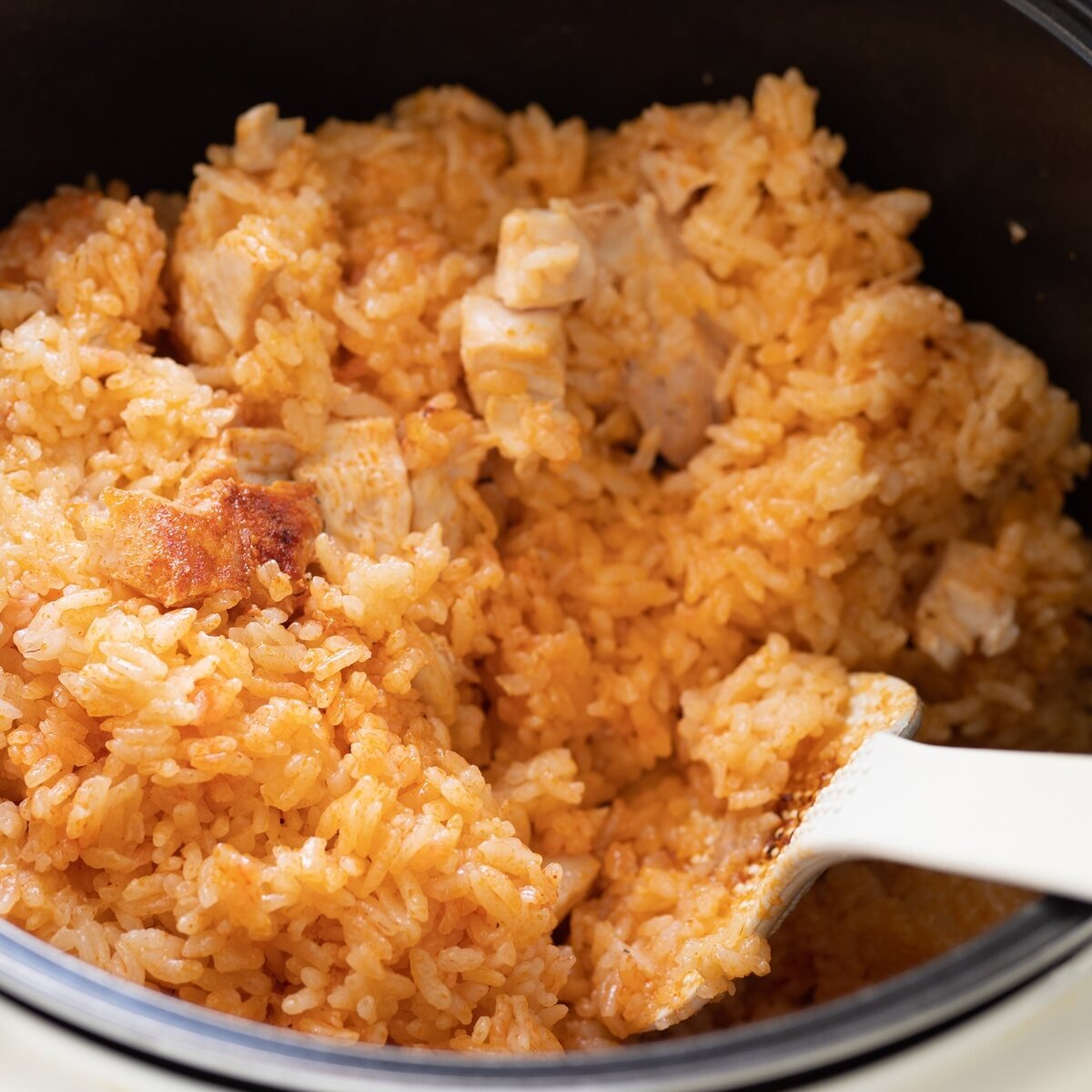
I get it. When faced with the choice of an Instant Pot vs slow cooker for your kitchen counter, it can feel overwhelming. They both promise convenience, but which one's truly right for YOU?
It's not about "better" or "worse"—it's about finding the appliance that perfectly suits your cooking style.
I've used both extensively, and I'm ready to be your guide.
We'll cover everything you need to know, from their strengths and weaknesses to the delicious meals they create. There will be no fancy jargon, just straightforward advice from an experienced home cook.
Jump to:
To Slow Cook or Pressure Cook?
Slow cookers and Instant Pots—two kitchen appliances that have taken the world by storm. But which one is better for your cooking needs?
As someone who's used both extensively, I can tell you there are pros and cons to each. It really comes down to your cooking style, the types of dishes you like to make, and how much time you have.
Differences in Cooking Methods
The biggest difference between slow cookers and Instant Pots is how they cook food.
Slow cookers utilize low, steady heat over a long period of time to gradually break down ingredients and infuse flavors. They're ideal for dishes like pot roast, stews, and soups.
On the other hand, Instant Pots employ pressure cooking to rapidly cook food at high heat, significantly reducing cooking time. They are perfect for quick weeknight dinners or when you forget to defrost something.
Cooking with an Instant Pot
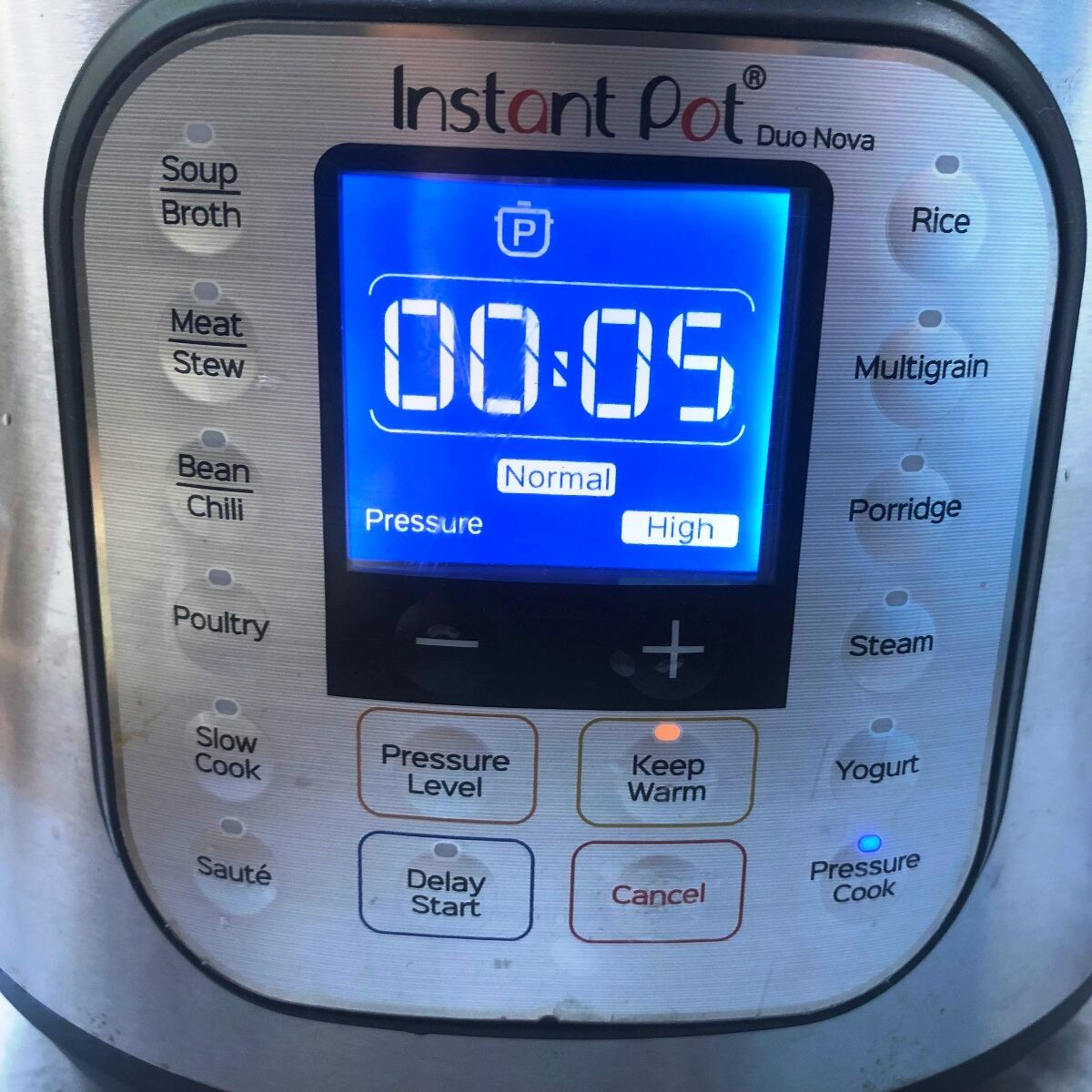
If you're new to the Instant Pot craze, the idea of pressure cooking can be a little intimidating. I remember the first time I used mine, I was convinced it was going to explode.
But once you understand how it works, pressure cooking is actually quite simple. And the results are pretty amazing—tender meats, creamy risottos, and perfectly cooked beans in a fraction of the time.
How Pressure Cooking Works
Here's the basic science behind pressure cooking: When you seal food and liquid inside the Instant Pot, it traps steam and builds pressure. This raises the boiling point of water, allowing food to cook at a higher temperature.
Under normal conditions, water boils at 212°F (100°C). But at 15 psi of pressure (the standard for most Instant Pot recipes), the boiling point rises to 250°F (121°C).
This higher heat cooks food faster and also forces moisture into ingredients, making them more tender. When the cooking time is up, you have to release the pressure before opening the lid. There are two ways to do this:
- Natural Release: You simply let the Instant Pot cool down and release pressure naturally. This can take 10-20 minutes.
- Quick Release: You manually turn the steam valve to "venting" to rapidly release pressure. This is faster but can cause splattering with certain foods.
Benefits of Using an Instant Pot
So why bother with pressure cooking? Here are a few key benefits:
- Speed: Pressure cooking can cut cooking times by up to 70%. A pot roast that would take 8 hours in a slow cooker is done in about 60 minutes.
- Convenience: The Instant Pot is a true one-pot wonder. You can sauté veggies, brown meat, and cook everything in the same appliance. Fewer dishes.
- Nutrition: Pressure cooking preserves more nutrients compared to boiling or steaming, as food is cooked quickly in a sealed environment.
- Flavor: The high heat and pressure forces flavors into food, resulting in deeply seasoned dishes. It's also great for making stocks and broths.
Popular Instant Pot Recipes
Need some Instant Pot inspiration? Here are a few of my favorite recipes by Irena:
- Instant Pot Chicken Bone Broth: A rich, flavorful broth that's perfect for sipping or adding to your favorite soups and stews.
- Instant Pot Spaghetti and Meatballs: Pasta in the Instant Pot? Yes, it works. This one-pot meal is a weeknight game-changer.
- Instant Pot Beef Bourguignon: Enjoy the classic flavors of this French dish in a fraction of the time!
Once you get comfortable with your Instant Pot, the possibilities are endless. From perfectly cooked eggs to creamy cheesecake, this appliance can do it all.
The Art of Slow Cookers
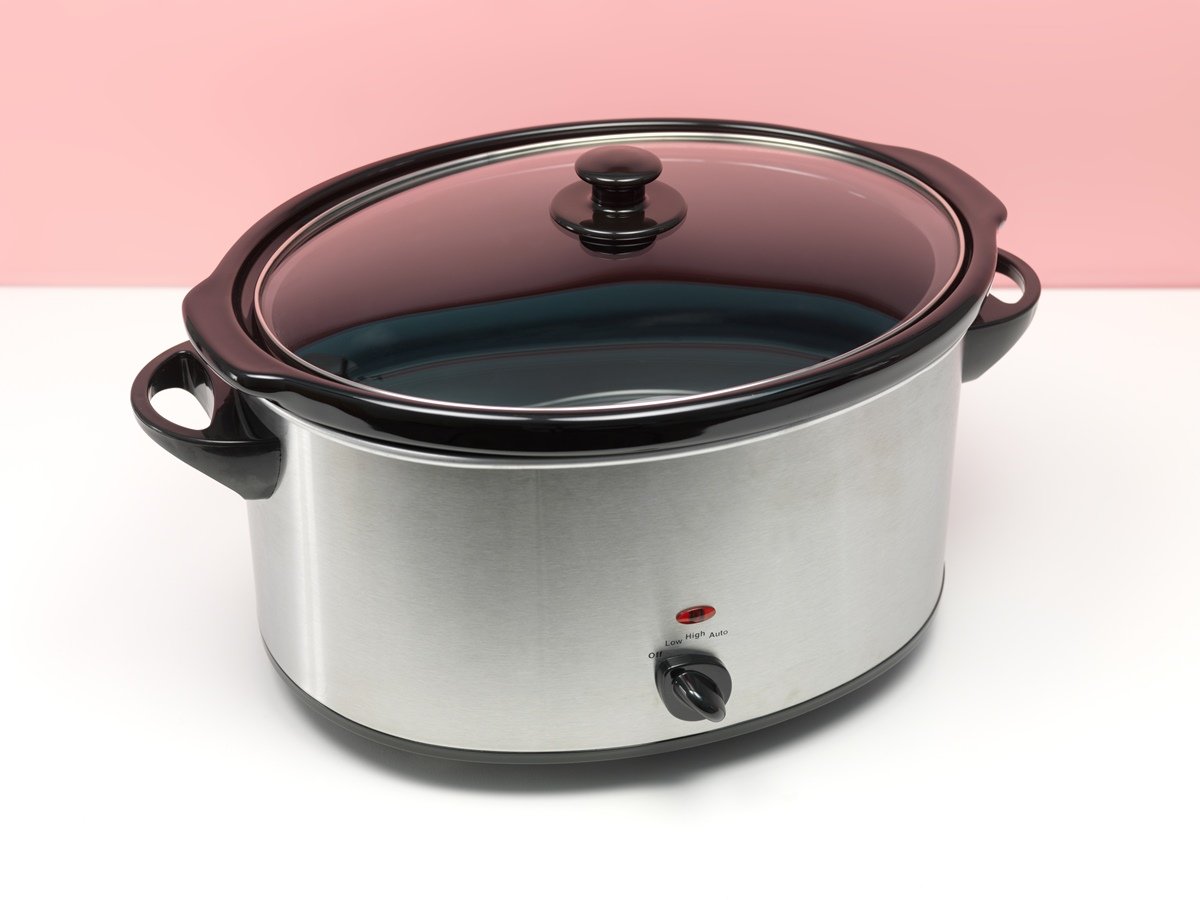
On the other end of the spectrum is the trusty slow cooker. This humble appliance has been a staple in American kitchens since the 1970s, and for good reason.
Slow cookers are the ultimate "set it and forget it" device. You simply toss in your ingredients, turn it on, and walk away.
No babysitting, no stirring, no worrying about burning your dinner.
Advantages of Slow Cooking
So, what makes slow cooking so great? Here are a few key advantages:
- Convenience: With a slow cooker, you can prep your meals in the morning and come home to a hot dinner. It's a huge time-saver for busy weeknights.
- Flavor: Slow cooking allows flavors to develop and meld over time. This results in deeply seasoned dishes with complex flavor profiles.
- Tenderizing: The low, slow heat of a slow cooker breaks down tough cuts of meat, making them melt-in-your-mouth tender.
- Batch cooking: Most slow cookers have a large capacity (4-8 quarts), making them perfect for cooking big batches of soups, stews, and sauces.
Best Foods for Slow Cooking
While you can cook almost anything in a slow cooker, some foods work better than others. Here are a few ingredients that really shine:
- Tough cuts of meat: Think chuck roast, pork shoulder, and lamb shanks. Slow cooking turns these budget-friendly cuts into tender, succulent meals.
- Root vegetables: Potatoes, carrots, and parsnips hold up well to long cooking times and absorb tons of flavor from the cooking liquid.
- Beans: Dried beans cook perfectly in a slow cooker, no soaking required. Try them in chilis, soups, and stews.
- Whole chicken: Yes, you can cook an entire chicken in your slow cooker. It comes out juicy and falling off-the-bone tender.
Tips for Using a Slow Cooker
To get the most out of your slow cooker, keep these tips in mind:
- Brown your meat first. While not strictly necessary, browning meat before adding it to the slow cooker boosts flavor and improves texture.
- Cut veggies evenly. To ensure even cooking, cut vegetables into similar-sized pieces.
- Don't overfill. For best results, fill your slow cooker between ½ and ⅔ full. This allows for proper heat circulation.
- Use the right setting. Most slow cookers have two settings: low and high. Use low for longer cooking times (8+ hours) and high for shorter times (4-6 hours).
With a little practice, you'll be a slow cooking pro in no time. Some of my favorite slow cooker recipes include classic beef stew, coconut chicken curry, and hearty vegetarian chili.
Comparing Instant Pot and Slow Cooker Features
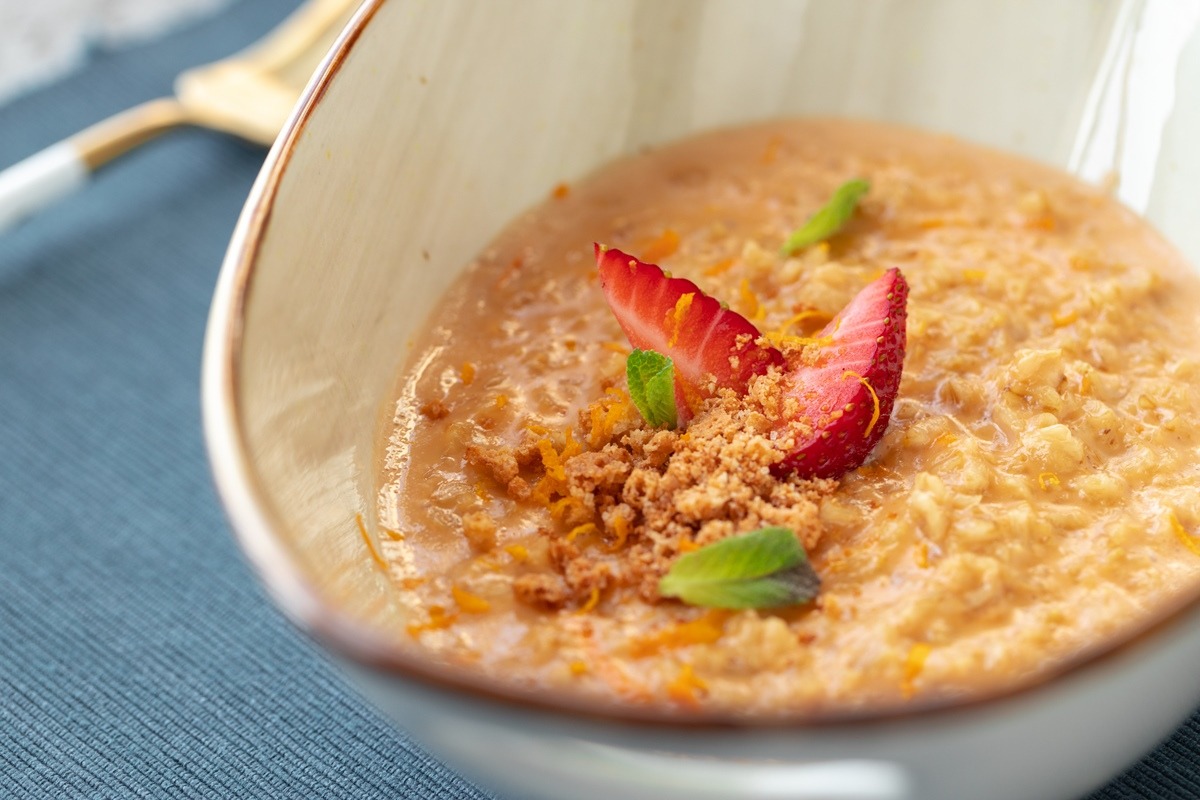
When choosing between an Instant Pot and a slow cooker, it's important to consider the specific features that matter most to you.
Instant Pot
- Multi-cooker: This versatile appliance goes beyond pressure cooking. It can slow cook, sauté vegetables, steam rice, make yogurt, and often includes even more specialized functions.
- Fast cooking: Pressure cooking reduces cooking time dramatically. Meals that take hours in a slow cooker can be ready in minutes in the Instant Pot.
- Delayed start: Prepare ingredients ahead of time and program the Instant Pot to start cooking later—perfect for busy schedules.
- More features: Depending on the model, your Instant Pot might offer sous vide cooking for perfectly cooked proteins, a sterilizing function for baby bottles, or even a cake-making setting.
Slow Cooker
- Simple design: Most slow cookers have straightforward controls—usually Low, High, and Warm settings – making them incredibly easy to use.
- "Set and forget": Add your ingredients, choose your heat setting, and let the slow cooker work its magic all day while you're out and about.
- Affordability: Slow cookers tend to be the more budget-friendly option compared to multi-function Instant Pots.
- Perfect for large cuts of meat: The low, steady heat of a slow cooker is ideal for breaking down tough cuts of meat, resulting in tender, flavorful dishes.
Factors to Consider When Choosing Between Instant Pots and Slow Cookers
Capacity and Size
Instant Pots are taller and narrower, making them ideal for large cuts of meat or whole chickens. Slow cookers are shorter, wider, and have an oval shape. This makes them better for layering ingredients and fitting oddly shaped items like ribs.
Consider your typical cooking needs. Instant Pots max out at 8 quarts, while some slow cookers go up to 10 quarts for larger meals.
User Friendliness
Slow cookers are generally very simple to use, with just a few settings.
Instant Pots have a steeper learning curve due to multiple buttons and the pressure cooking process. However, many newer models have simplified controls and preset programs.
Versatility
Instant Pots offer a wider range of functions, including pressure cooking, slow cooking, rice cooking, steaming, sauteing, and more.
Slow cookers primarily focus on low and slow cooking for dishes like stews and braises.
Speed
Instant Pots are significantly faster than slow cookers due to pressure cooking. Slow cookers remain a great choice for dishes that benefit from long, gentle cooking.
Price Range
Slow cookers tend to be more budget-friendly. Instant Pots are more expensive but may offer a better long-term value due to their versatility.
Your Cooking Style and Preferences
Do you like hands-off, convenient cooking, or do you prefer quick, versatile meal prep? Do you have limited kitchen space? These are all important questions to ask yourself!
Choosing the Perfect Fit for Your Kitchen
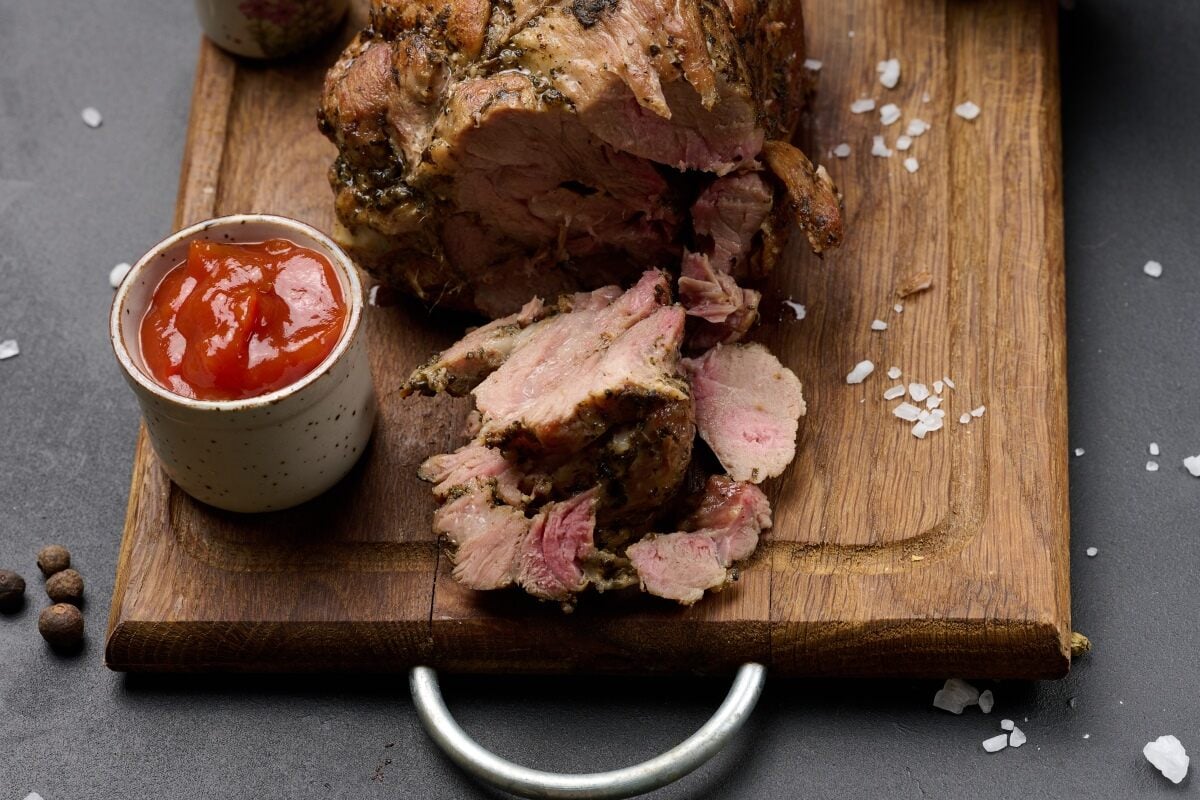
So, instant pot vs slow cooker—which one stole your heart? Both have their superpowers, but it all comes down to what works for you and your lifestyle.
The Instant Pot is like the superhero of the kitchen—fast, versatile, and always ready to save the day. But the slow cooker? It's the unsung hero, quietly working its magic while you're off living your best life.At the end of the day, there's no wrong choice. Whether you're Team Instant Pot or Team Slow Cooker, you're in for some seriously delicious meals. So, go forth and cook with confidence, knowing you've got the perfect sidekick by your side!


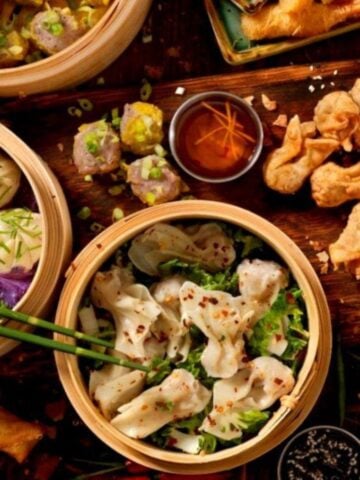

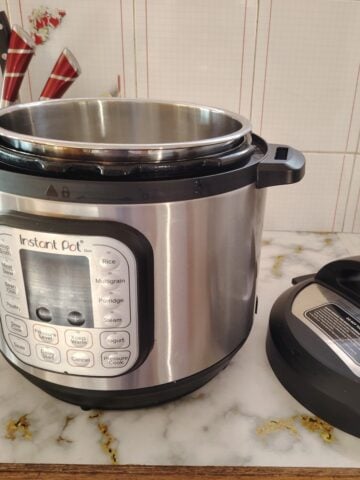
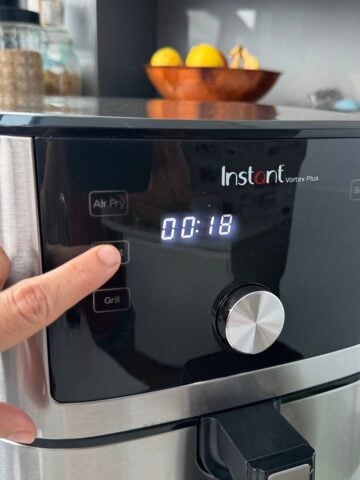
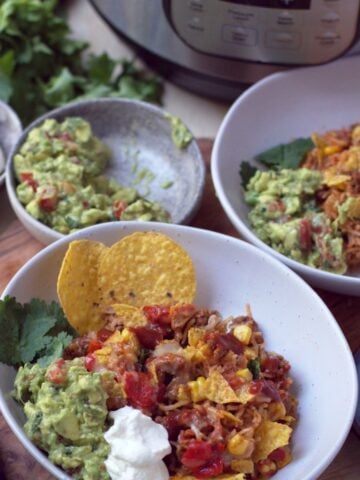
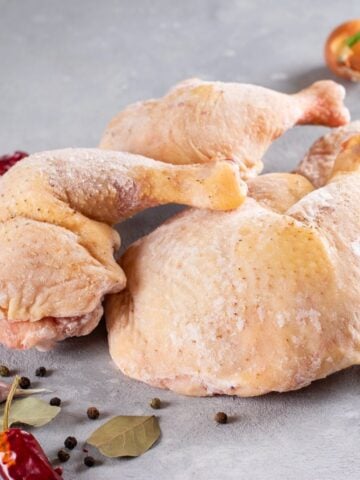
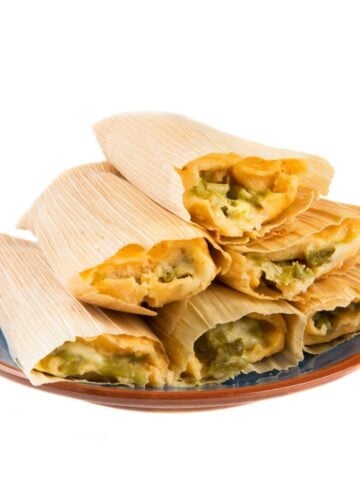
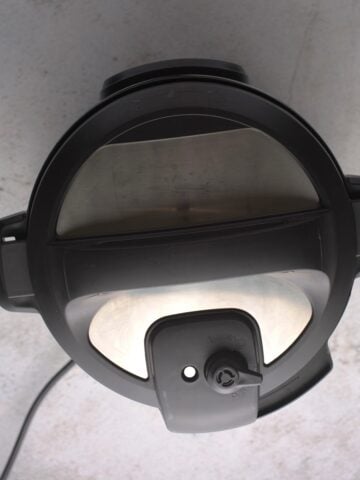
Douglas McNeill
Here's my ridiculously easy recipe for pulled pork.
2-3 pounds pork shoulder, deboned, chunked and trimmed of excess fat
1 yellow onion
8 ounces apple juice
8 ounces apple cider vinegar
1 tablespoon liquid smoke
1 cup BBQ sauce of choice
Slice onion and place in cooker. Add everything but the BBQ sauce and slow cook for 8-12 hours. When done, use a spider to remove the pork and onion to the bowl of a stand mixer with a paddle attachment. Turn the mixer on to slow speed and add the BBQ sauce. Stop when the mixer has done its job to your desired smoothness. (I stop after 30-60 seconds). Enjoy!
Ann Fabrizio
Thank you so much Douglas!